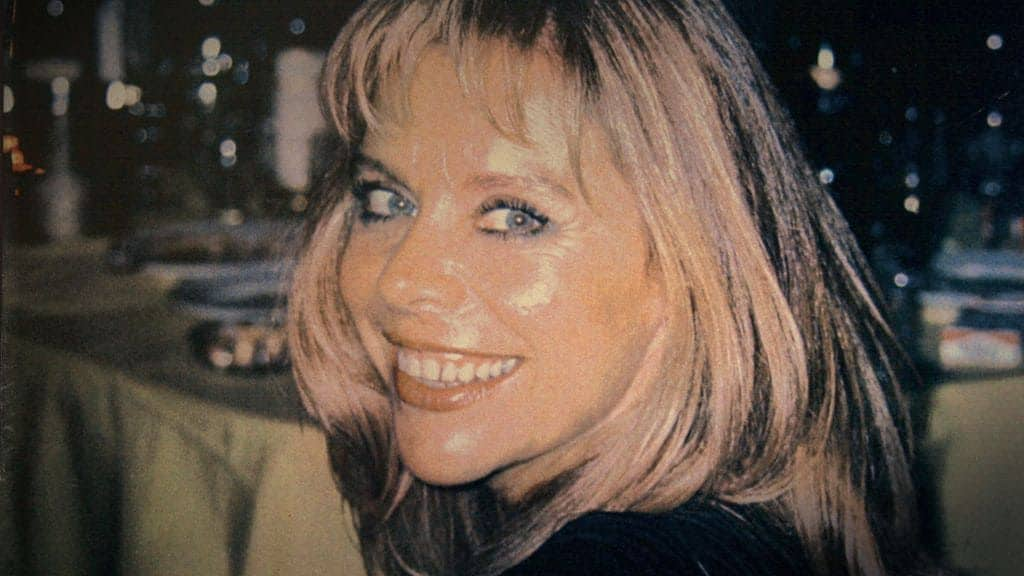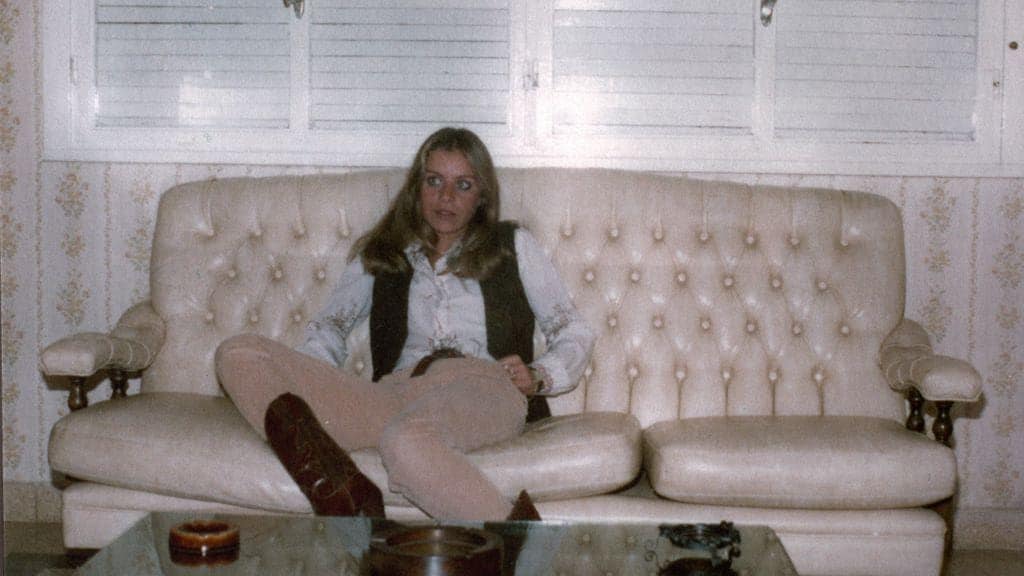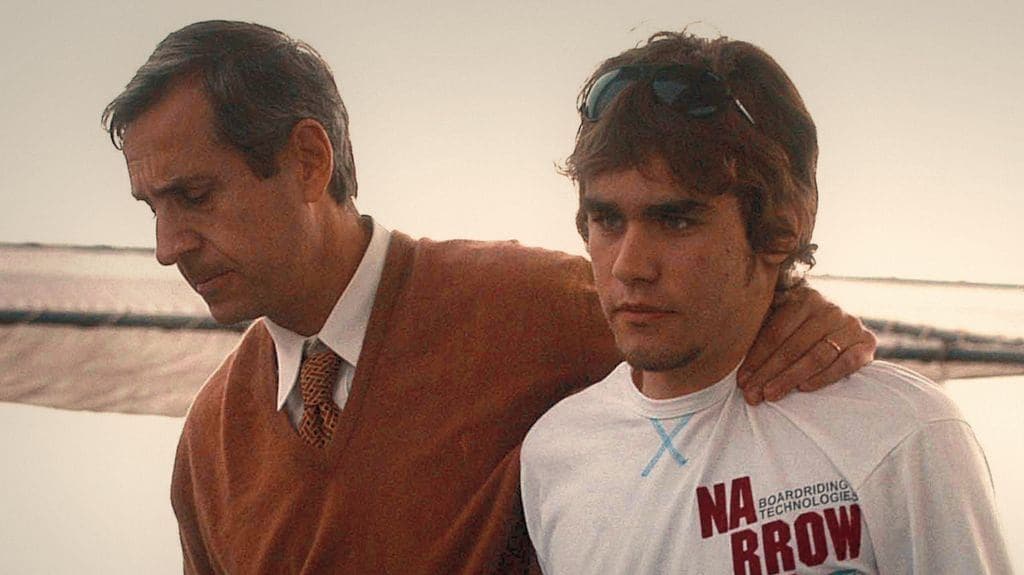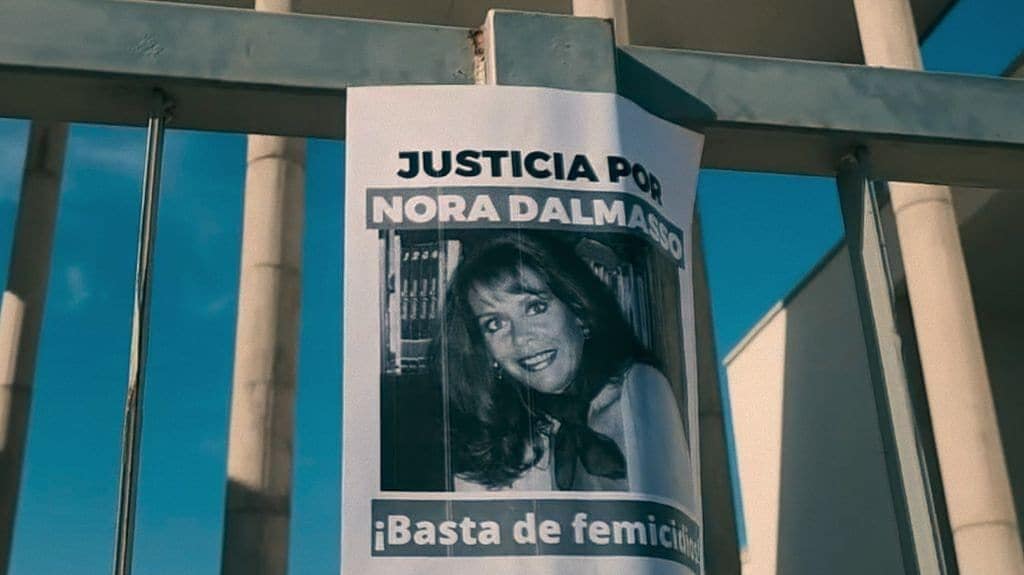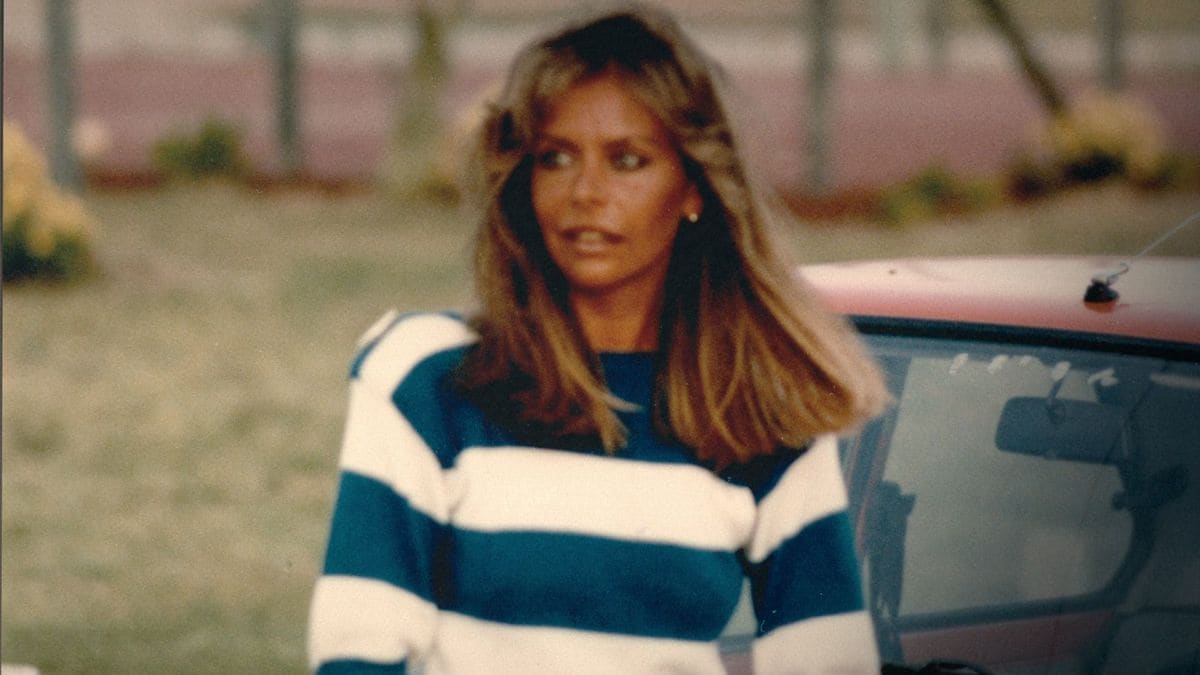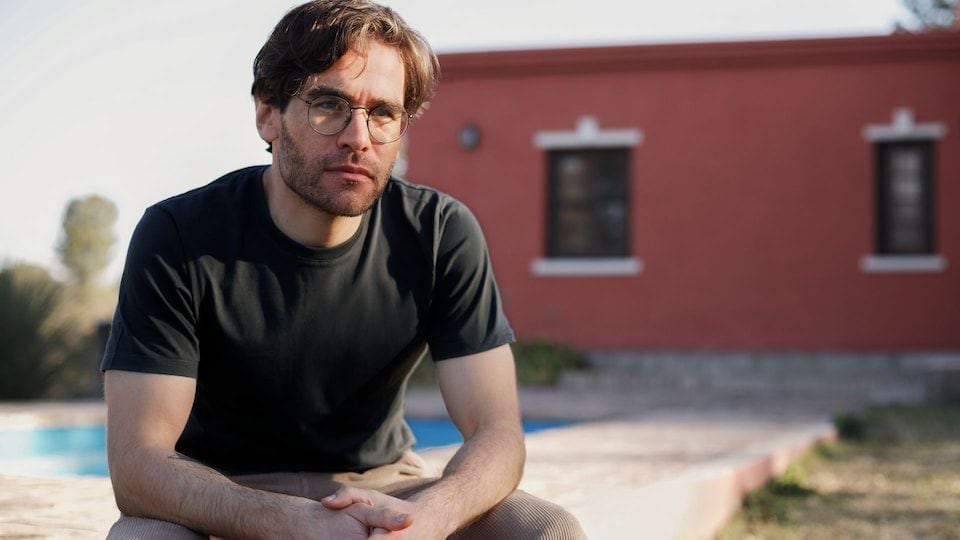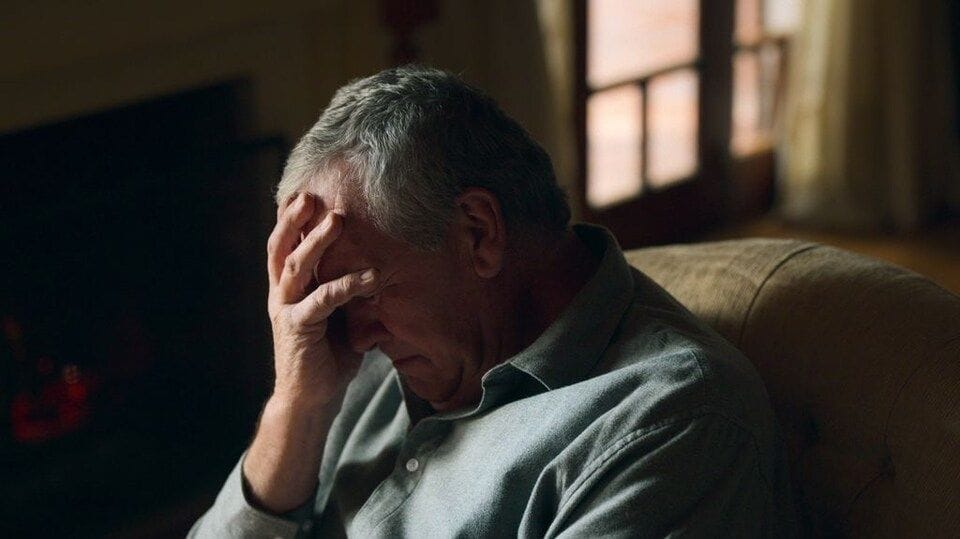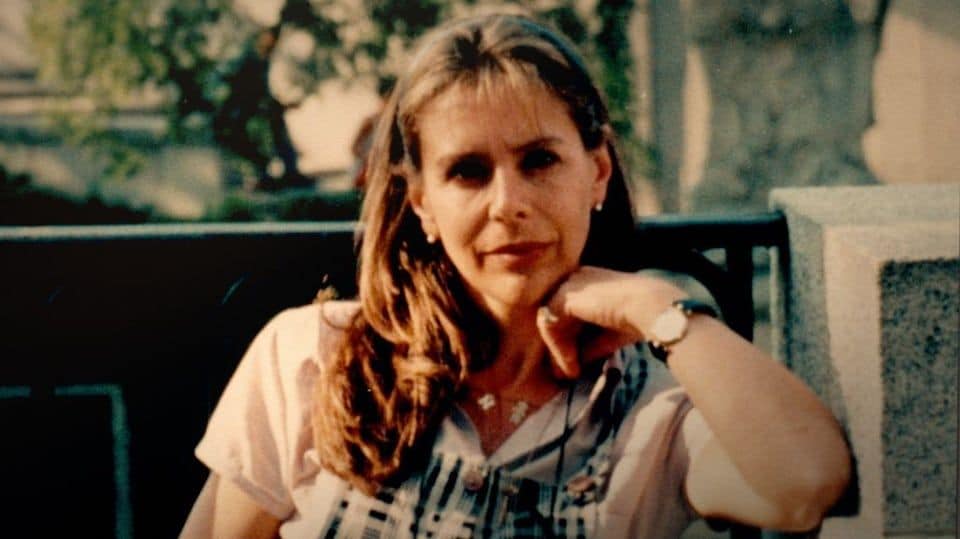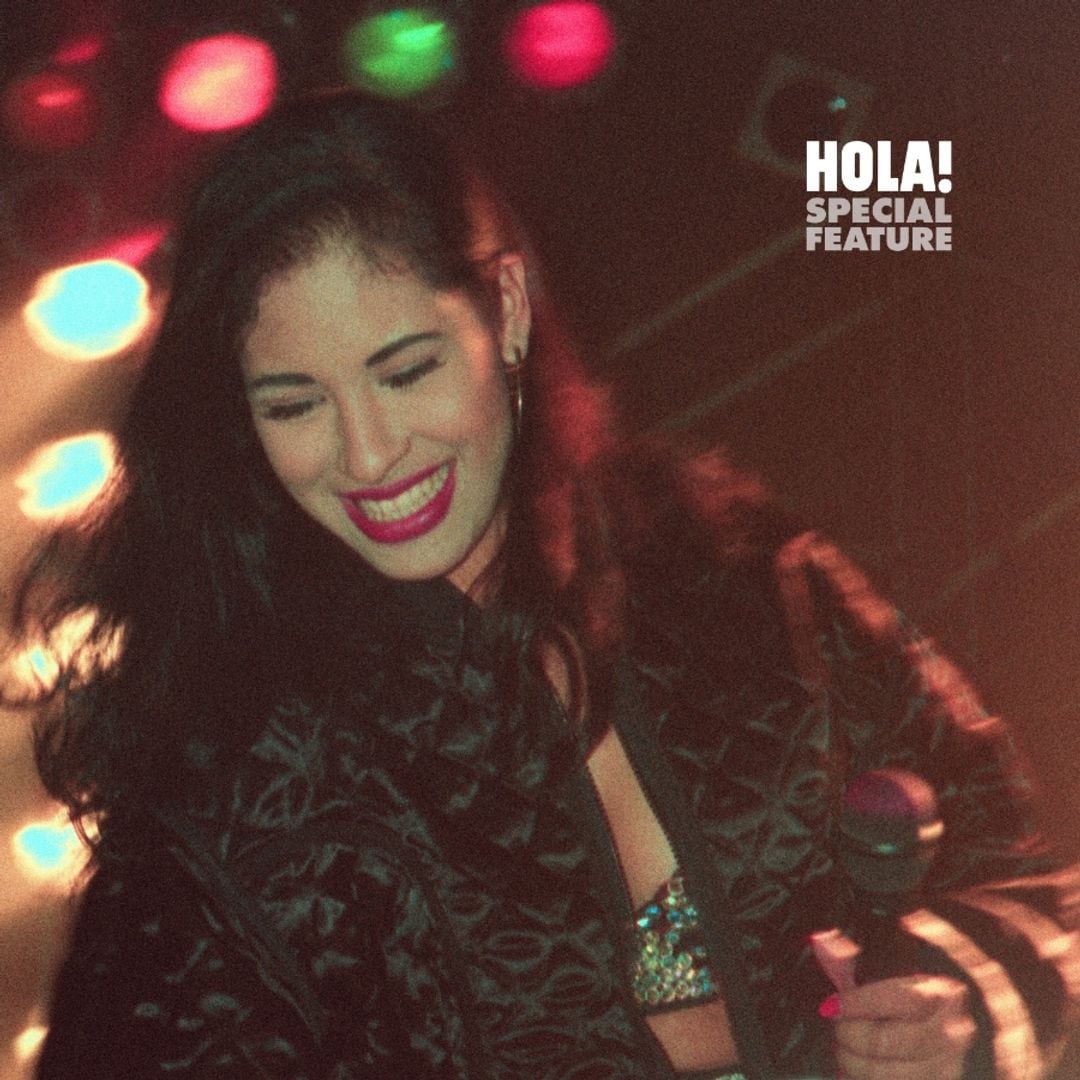True crime has become one of the most addictive genres. That mix of horror at what we are watching and the urge to know what really happened keeps us glued to the screen. Some stories pull you in with their mystery, the shadows they hide, or how they reflect society. 'The Many Deaths of Nora Dalmasso' just dropped on Netflix and taps into all of that and more.
It is a case still without answers, filled with secrets, suspicions, and nonstop media noise. If you think you have seen it all in this genre, get ready for a documentary that tells the story of a crime and questions the justice system, the media frenzy around the murder, and the deep impact it had on the victim’s family and legacy.
Directed by Jamie Crawford, this documentary explores the key details of one of the most puzzling cases in Argentina’s recent history. On November 25, 2006, Nora Dalmasso was found dead with signs of violence in her daughter’s bedroom at their home in Río Cuarto, Córdoba, Argentina. The autopsy revealed she had been strangled with the belt of a robe. The investigation was complicated from the start. No fingerprints were found—they had been wiped away with a towel—and the scene showed a jar of petroleum jelly and traces of skin on both her body and her clothing. While investigators first considered the possibility of a sexual encounter gone wrong, forensic experts later ruled that out.
The case caused a stir not just because of the brutality of the crime but also because the victim came from a wealthy and well-known family in the region, which quickly drew media attention. But that exposure was not always helpful. Several journalists used the case to boost their fame and visibility, fueling a wave of sensationalism that clouded the investigation and shifted focus away from the facts.
Moreover, the hunt for the murderer was chaotic. It started with police missteps and the baseless accusation of a construction worker, Gastón Zárate, without solid evidence. Then attention shifted to Nora’s son, Facundo Macarrón, who was only 19 at the time. He became the target of wild and unfounded rumors, including claims of an incestuous relationship with his mother. Later on, the victim’s husband, orthopedic surgeon Marcelo Macarrón, also came under suspicion, despite being out of the country when the crime occurred. He was at a golf tournament in Punta del Este.
Mistakes in the investigation and the media frenzy caused lasting damage to Nora’s image and her family, while the real killer remained unidentified and suspicion unfairly fell on those closest to her. Nearly 20 years later, The Many Deaths of Nora Dalmasso lays out what really happened. It questions the official story, challenges the media and legal figures involved, and reveals the alleged real suspect, Roberto Bárzola, who was not considered until 2024. Although the crime is now past the statute of limitations, legal options are still being explored to see if he can be prosecuted.
The miniseries, split into three episodes, does not aim to solve the crime but to understand it from a more human and thoughtful perspective, far from the scandal that surrounded it for years. Through never-before-seen and exclusive testimonies, the documentary features the voices of the victim’s husband, Marcelo, and their children, Facundo and Valentina, speaking publicly for the first time. Other relatives, friends, journalists, and investigators who lived through the case also share their experiences, offering different views on what happened.
The title is no coincidence. 'The Many Deaths of Nora Dalmasso' refers not only to her physical murder but also to the ‘killing’ of her reputation under media sensationalism and public speculation. The documentary revisits headlines, news reports, features, and social media commentary to show how that narrative was built and the real harm it caused, both to her family and to those close to her.
Crawford takes a different approach from the typical true crime format centered on mystery. He tells this story with empathy, not chasing easy answers but trying to acknowledge and repair the harm done. His connection to Argentina goes beyond the professional. He lived in Río Cuarto, has friends there, and his partner is Argentine. That personal bond helped him tell the story with sensitivity, moving between pain and memory to offer a close and respectful perspective. “We had many discussions about what to show and what not to. The most important thing was to tell the story without re-victimizing anyone,” he said in an interview with Via País.
In the documentary, Crawford poses a challenging yet essential question: do we truly comprehend the impact our words have on those who are still grieving? Although the Dalmasso case originated in Argentina, its influence extends worldwide. “My job was not to solve the case, and I always said that to them; that’s not my mission. I want to find out what this is like for you. That was the same question for the journalists, for the lawyers, it was understanding that personal experience.”

